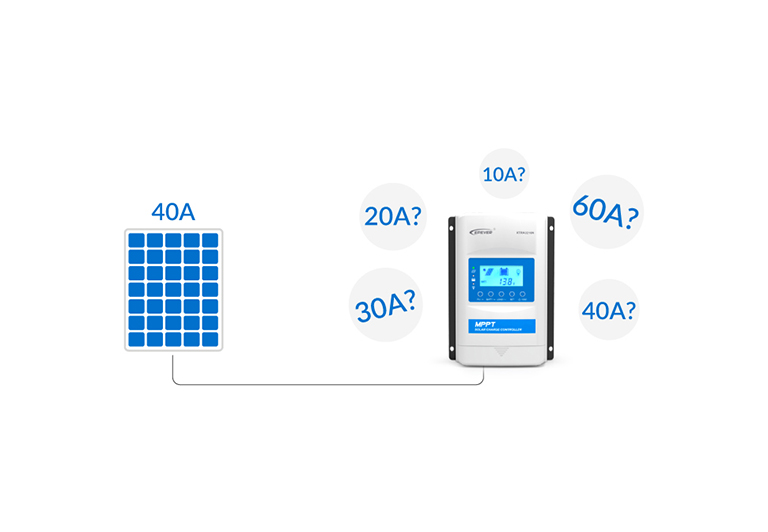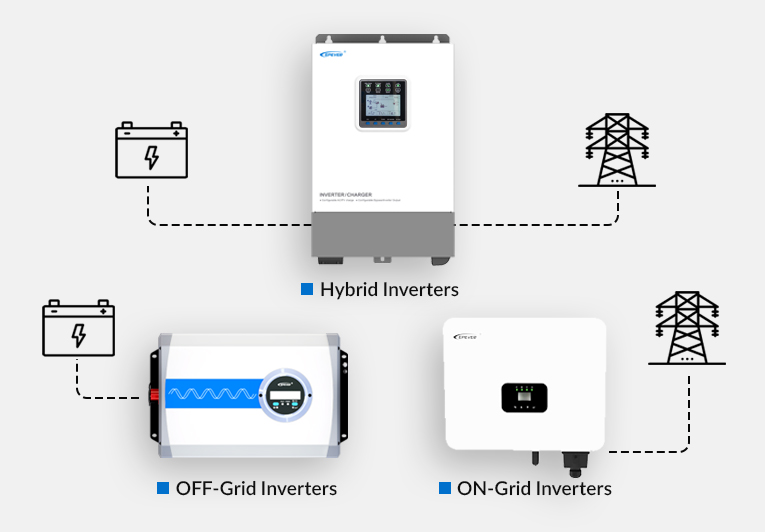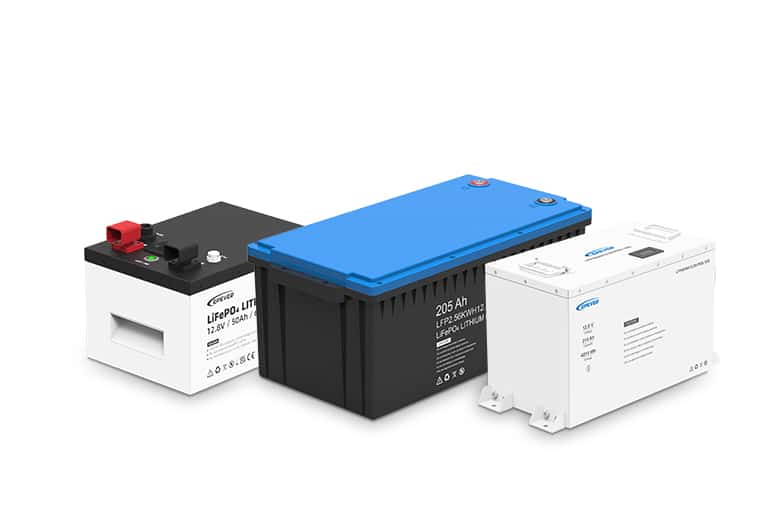RV Inverters: Essential or Optional?
- 31 December 2024
- 432 views
- No Comments
RV Inverters: Essential or Optional?
RV Inverters: Essential or Optional?
Have you ever dreamed of escaping the crowds to discover the perfect hidden camping spot? Imagine yourself surrounded by nature, with no hookups, no noisy generators… just peace and quiet. Sounds amazing, right? But what about your microwave, your coffee maker, your phone charger?
That’s where the magic of an RV inverter comes in!
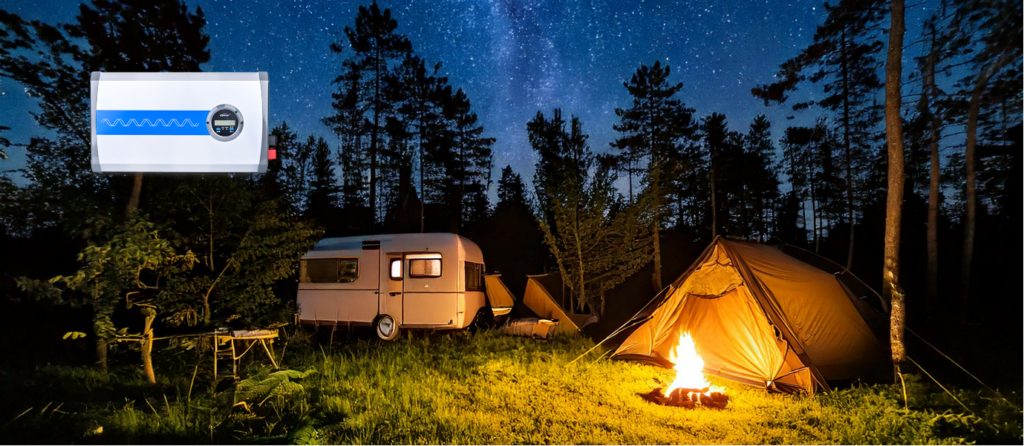
Why RVs Need Inverters: The AC/DC Story
Ever noticed how some of your RV appliances run directly off your battery, while others need to be plugged into an outlet? That’s because they use different types of power. Your RV battery provides DC (direct current) power, which is great for things like lights and fans. But most household appliances, like microwaves, TVs, and laptops, run on AC (alternating current) power.
That’s where inverters come in! They act as the translator between your RV’s DC power and your AC appliances, allowing you to use all your favorite devices wherever your adventures take you.
What the Heck is an RV Inverter (and Why Should I Care)?
In simple terms, an RV inverter takes the DC power stored in your RV’s batteries – the kind of power that comes from sources like your batteries and solar panels – and transforms it into AC power. This means you can enjoy all the comforts of home – even when you’re miles away from civilization.
Benefits of RV Inverters
· Quiet Operation: Unlike noisy generators, inverters provide a peaceful and quiet power solution. Enjoy the sounds of nature without the rumble of a generator.
· Clean Energy: Inverters produce clean power without any fumes or emissions, making them a more environmentally friendly option than generators.
· Efficiency: Inverters are highly efficient at converting power, minimizing energy loss and maximizing your RV’s battery life.
· Convenience: No need to worry about refueling or maintaining a generator. Inverters provide at the flick of a switch.

Sound good? Here's why you might need one:
· Netflix and Chill… in the Wild! Power your laptop, TV, and gaming consoles for movie nights under the stars.
· Coffee Fix in the Forest? No problem! Use your coffee maker, blender, or any other AC-powered appliance.
· Say Goodbye to Lukewarm Drinks! Keep your fridge running and your food cold (and your beer even colder!).
· Protect Your Precious Gadgets: A pure sine wave inverter delivers clean, stable power that’s gentle on sensitive electronics like laptops and smartphones. It’s like plugging into an outlet at home!
· Become an Off-Grid Guru: With an inverter and solar panels, you can power your entire RV with the sun – talk about freedom!
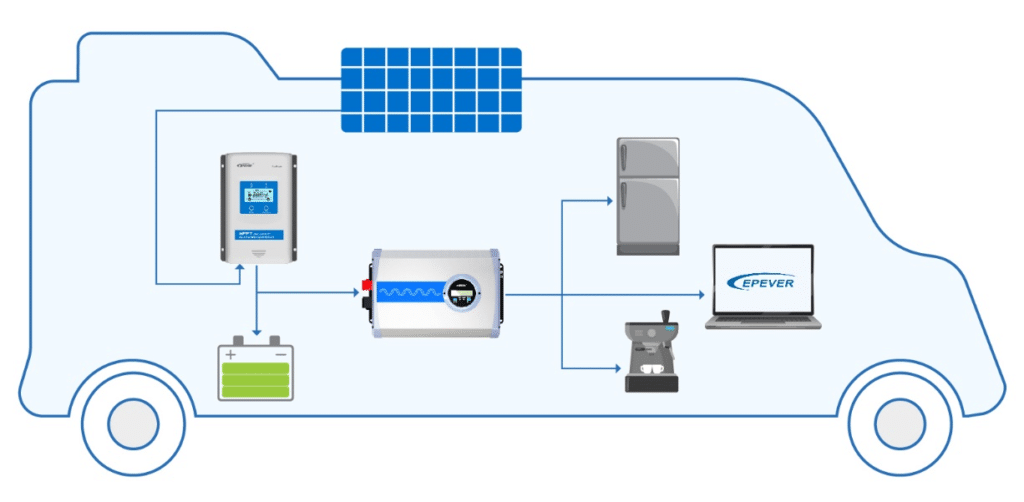

Do You Absolutely Need an RV Inverter?
Maybe, maybe not. It depends on your camping style:
· Hookup Hero? If you mostly stay at campgrounds with electrical hookups, you might not need an inverter.
· Generator Fanatic? A generator can also power your AC appliances, but they can be noisy, require fuel, and might not be ideal for extended use in quiet or environmentally sensitive areas.
· DC Dynamo? If your RV runs solely on DC power, an inverter might not be necessary.
How to Choose the Right Inverter for Your RV: A Step-by-Step Guide
Choosing an RV inverter can feel like navigating a maze of technical jargon and confusing specs. But don’t worry, we’re here to break it down for you, step by step.
1. Take Stock of Your Power Needs
First things first, you need to figure out how much power you actually need. This means making a list of all the appliances you plan to use in your RV, from your coffee maker and microwave to your laptop and hairdryer.
Don’t just think about the essentials—consider those high-powered devices you can’t live without. For example, if you’re a coffee aficionado, you’ll need to factor in your espresso machine. If you’re a digital nomad, your laptop and monitors are must-haves.
To make this process easier, here is a handy table with some common RV appliances and their typical wattage:
Appliance | Wattage (Running) | Wattage (Surge) |
Laptop | 50-100W | 100-200W |
Smartphone Charger | 10-20W | 20-40W |
LED Lights | 5-10W | 10-20W |
Microwave | 700-1500W | 1400-3000W |
Coffee Maker | 800-1500W | 1600-3000W |
Hair Dryer | 1000-1800W | 2000-3600W |
Refrigerator (RV) | 100-300W | 300-900W |
Air Conditioner (RV) | 1000-2000W | 3000-6000W |
TV | 50-150W | 100-300W |
Note: These are approximate values. Always check the specific wattage of your appliances.
2. Calculate Your Total Power Requirements
Once you have your list, it’s time to do a little math. Look up the wattage of each appliance (usually found on a label near the power cord or in the appliance manual). Add up the wattage of all the appliances you plan to use simultaneously. This will give you your baseline power requirement.
Don’t Forget Surge Power!
Remember that many appliances, especially those with motors like air conditioners and refrigerators, need a surge of extra power to start up. This surge power can be significantly higher (3-7 times) than the running wattage.
To make sure your inverter can handle these power surges without breaking a sweat, choose an inverter with a capacity of at least 20% higher than your calculated total wattage (including surge power).
3. Pick the Right Sine Wave
Now, let’s talk about sine waves. No, we’re not talking about ocean waves! In the world of electricity, a sine wave refers to the shape of the AC power output. There are two main types of inverters:
· Pure Sine Wave Inverters: These are the gold standard, producing a clean and stable power output that closely resembles the power from your home outlets. They’re essential for sensitive electronics like laptops, medical devices, and high-efficiency appliances.
· Modified Sine Wave Inverters: These are a more budget-friendly option, but they produce a less stable power output. They’re suitable for less sensitive devices like power tools, basic kitchen appliances, and lighting.
4. Match Your Inverter Voltage to Your Battery
This step is crucial! Your inverter’s voltage must match the voltage of your RV’s battery system. A mismatch can lead to inefficiencies, reduced performance, or even damage to your system.
Common battery system voltages include:
· 12V: Common in smaller RVs with basic power needs.
· 24V: Suitable for mid-sized RVs or systems with moderate power demands.
· 48V: Ideal for large RVs with high power usage, offering better efficiency for heavier loads.

You can usually find your battery system’s voltage labeled on the battery itself or in your RV’s manual.
Installation Tips for Safe and Effective Use
You’ve chosen your perfect inverter—great! Now, let’s make sure you install it correctly and safely.
Location, Location, Location
Where you place your inverter matters. Here are some factors to consider:
· Quiet Zone: Inverters can sometimes generate a bit of noise from their cooling fans. To avoid any disturbances, install it away from sleeping or resting areas. Storage compartments or under the driver’s seat are often good options.
· Keep it Cool: Inverters generate heat, so proper ventilation is essential. Avoid installing it in confined spaces or closed compartments. Good airflow will prevent overheating and extend the life of your inverter.
· Dry and Protected: Moisture is the enemy of electronics. Make sure to install your inverter in a location that’s protected from water exposure and humidity.
Safety First!
· Wiring Wizardry: All connections should be tight and secure to avoid loose contacts that can cause electrical hazards. Use the recommended cable sizes to handle the current.
· Power Down: Always turn off and disconnect the inverter from the battery when you’re not using it or during maintenance. This will help prevent any accidental shocks or damage.
· Temperature Control: Avoid installing the inverter in direct sunlight or areas prone to excessive heat. Keeping its operating temperature below 45°C (113°F) will ensure optimal performance and prevent damage.
Maintenance Matters
Regular maintenance will keep your inverter running smoothly and safely for years to come.
· Dust Buster: Periodically clean the inverter and its surrounding area to prevent dust and debris from clogging ventilation ports.
· Heat Check: Monitor the inverter during operation for signs of overheating or unusual performance issues.
· Noise Patrol: If the inverter produces excessive or unusual noise, inspect its cooling system and fan to identify and resolve any issues promptly.
Why Choose EPEVER Inverters?
EPEVER offers a range of top-notch inverters designed for all your RV adventures. They’re known for their reliability, efficiency, and advanced technology.
· Pure Sine Wave Technology: Provides stable, clean power that’s safe for sensitive electronics and appliances.
· Multiple Protection Features: EPEVER inverters come with built-in protections against overloads, short circuits, over-temperature, and low battery voltage, ensuring the safety of your devices and your RV’s electrical system.
· Remote Control Options: Some models offer remote control capabilities, allowing you to conveniently monitor and manage your inverter from inside your RV.
· Wide Range of Models: EPEVER offers a variety of inverter models to suit different needs and power demands, from the compact and affordable IPower series to the powerful and feature-rich IPower-Plus series.
Recommended Inverter Models
EPEVER offers a range of inverters to suit different needs and budgets. Here are a few popular choices:
· IPower Series: Ideal for small RVs or setups with low power demands.
· IPower-Plus Series Perfect for RVs requiring high-quality AC output to power larger appliances.
Note: The specific models and their features may vary, so it’s always best to check the latest information on the EPEVER website or consult with a dealer.
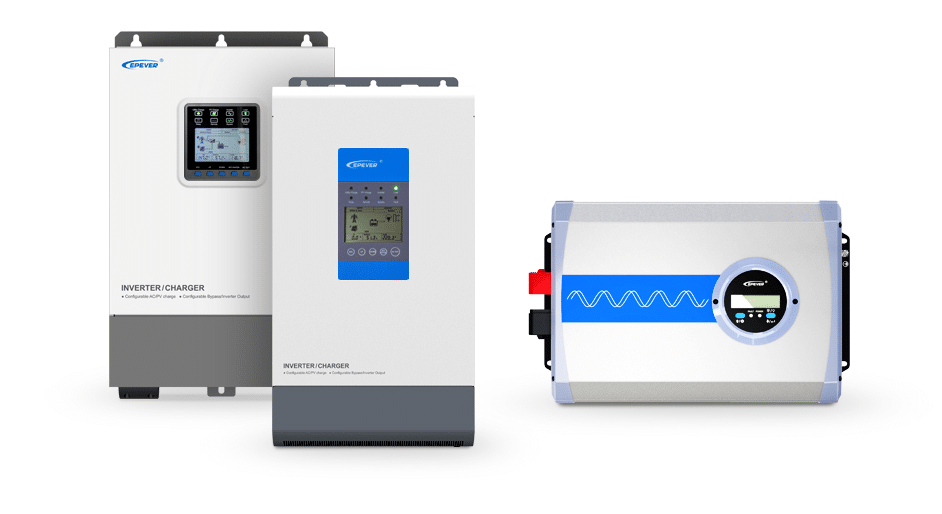
Elevate Your RV Experience
While inverters may not be essential for every RV setup, they are transformative for those who venture off-grid, use high-power appliances, or rely on sensitive electronics.
Choosing the right inverter and installing it correctly can significantly enhance your RV lifestyle, adding both convenience and flexibility.
Discover EPEVER’s innovative inverter solutions and take your RV adventures to the next level!


